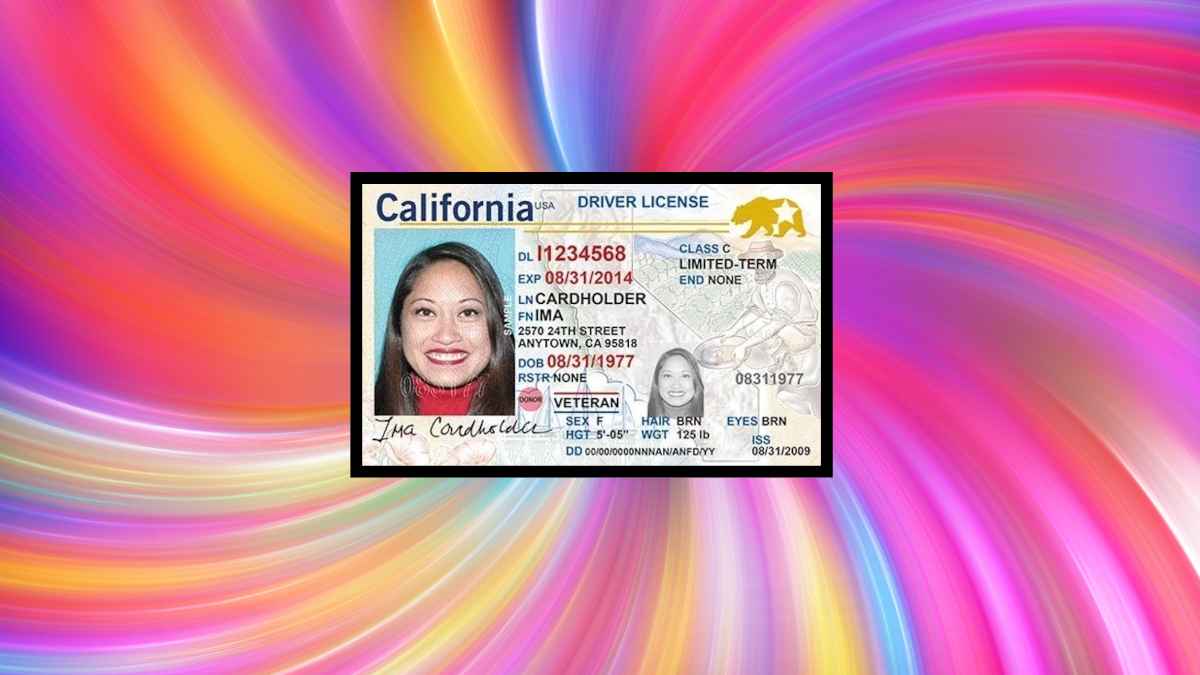New regulations under the Real ID Act mean that starting May 7, 2025, U.S. travelers will need a Real ID, enhanced ID, or valid passport to board domestic flights or enter secure federal facilities. Officials from the Transportation Security Administration (TSA) and various state DMVs are urging everyone to prepare early, citing high demand and appointment backlogs.
The core requirement is straightforward: You’ll need a star-marked driver’s license or identification card—otherwise known as a Real ID—to get through TSA checkpoints. While passports and enhanced IDs remain acceptable alternatives, failing to upgrade your standard license could lead to lengthy screenings or even being turned away at airports and federal buildings.
Documents and identity verification steps that U.S. residents must follow for Real ID applications
Obtaining a Real ID involves more than just a quick trip to the DMV. Applicants must bring proof of their full legal name, date of birth, Social Security number, lawful status, and two documents confirming a current address. Seniors and rural community members sometimes struggle to access official paperwork or in-person offices, so it’s wise to gather records well in advance.
Local officials recommend making appointments and checking DMV websites for acceptable proof-of-residency lists. Here’s a brief checklist to help you organize:
- Proof of Identity: Birth certificate or valid passport
- Social Security Number: SSN card or W-2
- Residency Documents: Utility bills or rental agreement (two required)
Can you face fines if you miss the deadline? The answer is no. However, you may not be permitted through airport security with a non-compliant ID.
Consequences for rural communities, frequent fliers, and those still holding non-Real ID licenses
For people living in remote areas, traveling to larger DMV offices could mean long journeys and wait times. Some local DMVs are expanding weekend hours, but it’s still essential to plan ahead. Frequent flyers risk unexpected holdups if they don’t secure a Real ID or alternative in time. TSA representatives have noted possible “phased enforcement,” which might allow leniency in the early weeks—but the rules can still be enforced at any point after May 7, 2025.
Below is a quick reference table to see typical processing timelines and appointment availability, although these may differ by state:
| State | Average Wait Time | Saturday Hours |
|---|---|---|
| New York | 2–4 weeks | Select offices only |
| Pennsylvania | 1–3 weeks | Expanded in rural areas |
| Oregon | 2–5 weeks | Limited pilot programs |
| Florida | 1–2 weeks | Most major cities |
Essential steps to prepare for the upcoming May 7 Real ID travel deadline and avoid unnecessary airport delays
If you haven’t started the process, act soon. Begin by reviewing your state DMV’s online pre-check options, where you can upload documents to reduce in-office time. Keep an eye on appointment slots, as they can fill quickly. If you already have a passport, you can use it for domestic travel instead of rushing to convert your license, but be aware of your passport’s expiration date.
The Real ID requirement is meant to enhance national security, yet it introduces new hoops for millions of Americans. Stay informed by checking official DMV or DHS websites for updates. Make sure all your documents are valid, and schedule any needed appointments as soon as possible. By planning now, you can avoid last-minute stress at the airport and ensure smooth travel for years to come.

